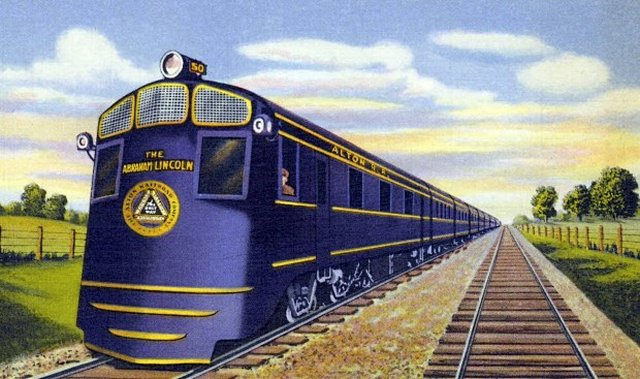Even though I haven't seen your business' website, I'm betting that it could benefit from some streamlining. One of the biggest ways that we're able to help clients convert web traffic is by making their site lean, efficient and purpose-driven by streamlining their content.
There are a number of ways this can be done. But before you start making changes, take a step back, put yourself in the shoes of your target audience (you know who your target audience is, right?) and imagine landing on your website for the first time.
- What is your first impression?
- What actions do you feel compelled to take?
It's hard to audit your own content without bias (one of many reasons to get help from a marketing copywriter) but doing this exercise will put you in the right frame of mind to consider the following ways in which your web content might be streamlined:
1. Limit the Links in Your Main Navigation
A general rule of thumb is to limit the number of menu items in your main navigation to no more than seven links. If your website has a high number of links across the top, there's a good chance your visitors will skip over important items.
By limiting your top level navigation to seven or fewer of your most important links, you're giving more prominence to each and increasing the likelihood that visitors will consider them. (Limited primary navigation also has advantages in terms of SEO: fewer links to the homepage mean that more of your homepage's authority-or link juice-is being passed on to each interior page, helping them to rank well in search.)
2. Cut the Copy Fat
Here's a secret: Your website does not need to explain every intricacy of your business. Remember the primary purpose of copywriting: you want your visitors to take a specific action. Keep the copy digestible. Be concise. Get to the point and let your visitors know how to get more information. If there is more informational content that you think is valuable to your market but may be less essential to your value proposition, consider including this in a blog post, video or white paper.
3. Find and Eliminate Overlapping Messaging
This one might seem obvious, but I see the issue all the time. A business has a certain approach, process or customer service angle that it's using as a differentiator. This aspect of the business is described to some extent on the website's homepage, then in a slightly different but overlapping form on the About Us page, then again in various forms on their Services and Process pages. If your visitors need to visit multiple pages on your site to grasp a concept that could be communicated in one page, your site needs to be streamlined.
4. Utilize Data to Tweak the Layouts
Whatever the action you want your visitors to take contacting you for a quote, requesting a free brochure, etc. your layout should make it as easy as possible for anyone to take this action at all entry points. Analytics will be a crucial tool in using data to understand visitor behavior. Some real time analytic platforms like Clicky also include heatmap features, which record cursor paths and thus give you a good idea of what visitors are looking at on each page. Use this information to optimize your layouts so the most important content isn't missed.
5. Remove Extra Features that Aren't Needed
Extra features are not helping your site if they're distracting to your visitors. If you're selling wholesale fabric to retail companies, your product pages should provide only those things your customer will want to make an informed decision about purchasing price, shipping, description etc. Features like social media links, newsletter signups, sharing widgets and so on may make sense on your homepage, but they should be avoided on the product pages as they won't matter as much to someone at the purchasing stage.
It's tempting to treat your website as something that you continue to build and add-on to. Remember that it should be designed to get your users to take specific actions; content that isn't working toward this goal may be working against it.

